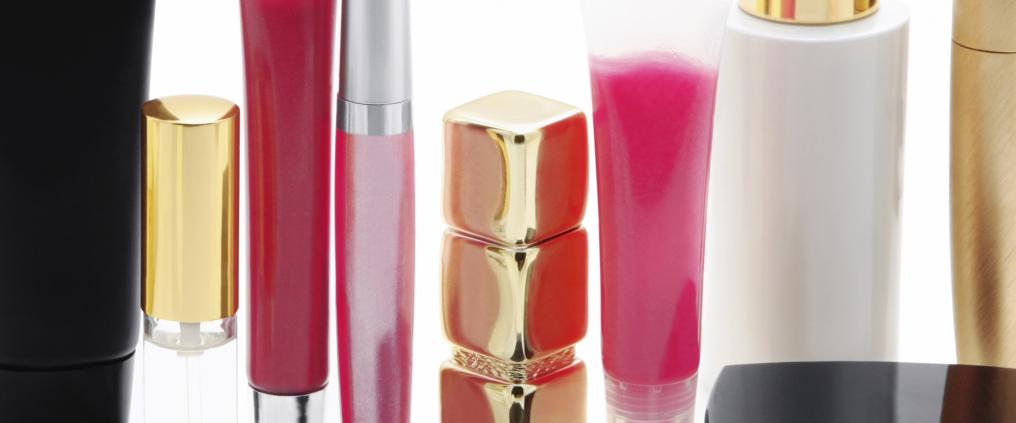The aim of the restrictions is to prevent the use of liquid explosives for acts of terrorism, not to make travelling more uncomfortable. They are meant to ensure passenger safety.
Tighter regulations due to previous acts of terrorism
Airport security checks were made significantly more extensive and technical after the terrorist attacks in the U.S. on September 11th in 2001.
'A new threat was discovered in 2006, when there was an attempt to detonate aeroplanes by means of passengers taking liquids aboard cabins. Because we didn't have any devices for analysing liquid products at the time, the amount of liquids permitted in the cabins was drastically limited', says Special Adviser Arja Pulliainen from the Finnish Transport Safety Agency Trafi.
The new minimum quantity adopted then is still in use: liquids in max. 100-ml containers, which must all fit into a single clear and resealable plastic bag with a max. capacity of 1 litre.
In addition to these, passengers are allowed to carry baby food, as well as medicines and special diet liquids prescribed by a doctor.
Relief from new technology
Liquid analysers have become more common at airport security checks in recent years, along with other devices for checking bags carried as hand baggage.
Thanks to these technical advancements, the regulations for liquids carried in the cabin were relaxed slightly at the beginning of 2014.
Passengers are now allowed to take any duty-free liquids bought at airports or aeroplanes through security checks at their transfer airports, provided they are packed in sealed clear plastic bags with the receipts.
In addition to restrictions on products carried as hand baggage, airports pay special attention to liquids in other ways too.
'All liquids sold within the security-controlled areas in airports, water bottles included, are monitored more strictly than usual, sometimes all the way from manufacturing and transport stages', Pulliainen explains.
